The grey squirrel through the seasons
In the eastern part of North America, from Florida to the Lower Laurentians, the grey squirrel is a well-known resident of deciduous woods and mixed forests, city parks and suburban gardens. Most grey squirrels have brown-tinged silvery fur. Some are cinnamon coloured, others can be all white or partly white due to a fur pigmentation deficiency.
In the northern part of its geographic distribution, the black squirrel, a melanic variety of the species, is particularly abundant. Because a dark coat better absorbs the heat of the sun, the black squirrels have an advantage over their lighter-coated relatives and survive winter better.
The passing of the seasons dictates the squirrel’s way of life. In the summer, the newborn discover their new environment and play together under the attentive gaze of their mother. She doesn’t hesitate to move her young to another shelter if the maternal nest is disturbed. The adults crisscross flowerbeds and forest looking for seeds, flowers, insects or mushrooms and sometimes stealing from birds’ nests.
They like to lounge in the sunlight, cleaning their fur and taking ant baths: they dig into an anthill and allow themselves to be bitten by the insects. The formic acid secreted by the ants is effective against the mites which infest the squirrels’ fur.
Come fall, our rodent strips the trees of their fruit and hides all the acorns and nuts he finds in preparation for winter. He hides only one piece of food per cache. If observed by another of his species, he may pretend to flee with his stash and hide it farther away. He later finds most of his hiding places because of his sense of smell and his spatial memory.
Active all winter long, the grey squirrel remains in its shelter during very cold periods. At the first signs of spring, the males start to court the females, which give birth a month and a half later to two or three young. They can be seen outside the nest a few weeks later.
Come see the wildlife of the temperate forest when you visit Animalium, Mont-Tremblant’s zoological museum.
From the same author: The impressive urubu à tête rouge (Click the image below)

Jacques Prescott131 Posts
Jacques Prescott est biologiste, professeur associé à la Chaire en éco-conseil de l’Université du Québec à Chicoutimi. Spécialiste de la biodiversité et du développement durable, il est l’auteur de nombreux livres et articles sur la faune et la conservation de la nature. Il nous fait l’honneur de rejoindre notre équipe de collaborateurs et signera chaque mois une chronique intitulée Faune et flore. / Jacques Prescott is a biologist, associate professor with the Chair in Eco-Counselling of the Université du Québec à Chicoutimi. A specialist in biodiversity and sustainable development, he is the author of numerous books and articles about wildlife and nature conservation. He has honoured us by joining our team of contributors and will write a monthly column entitled Wildlife and Habitat.

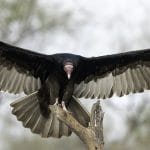


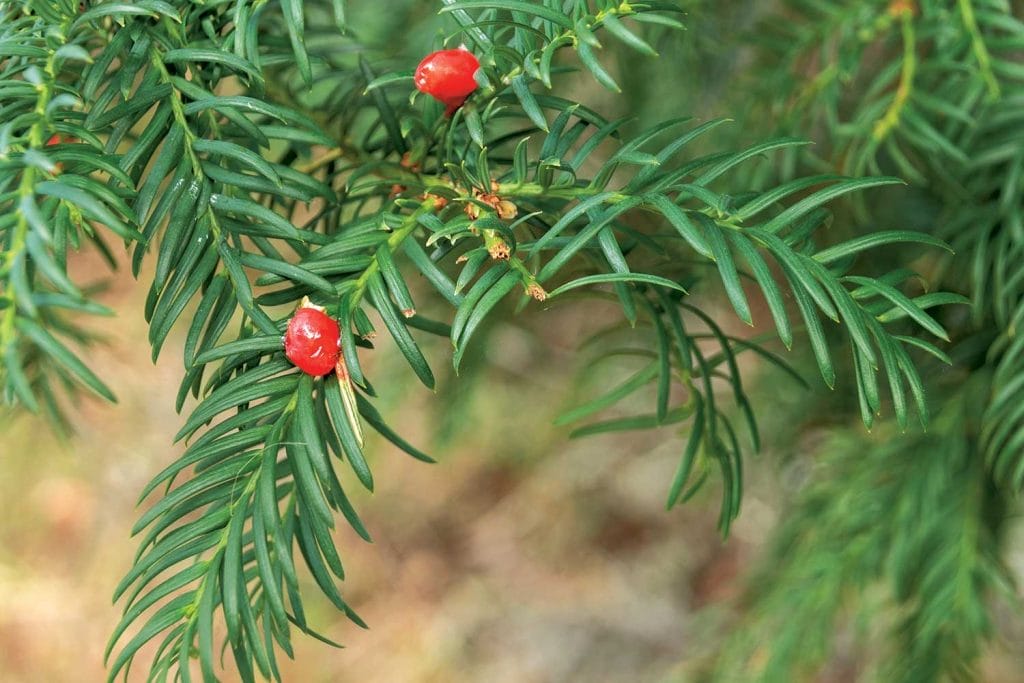
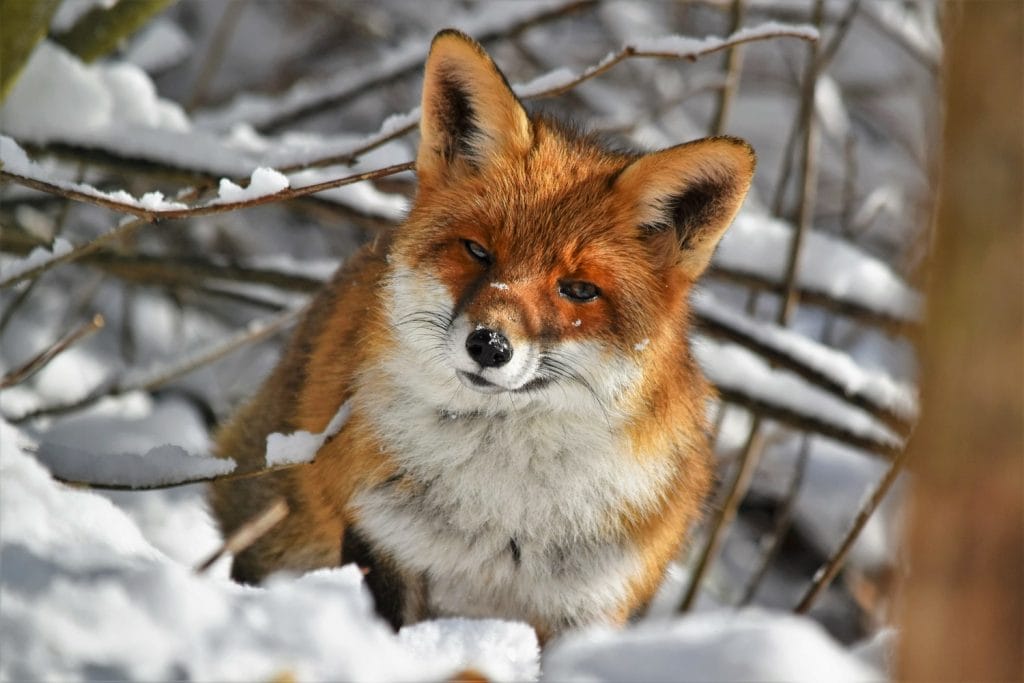
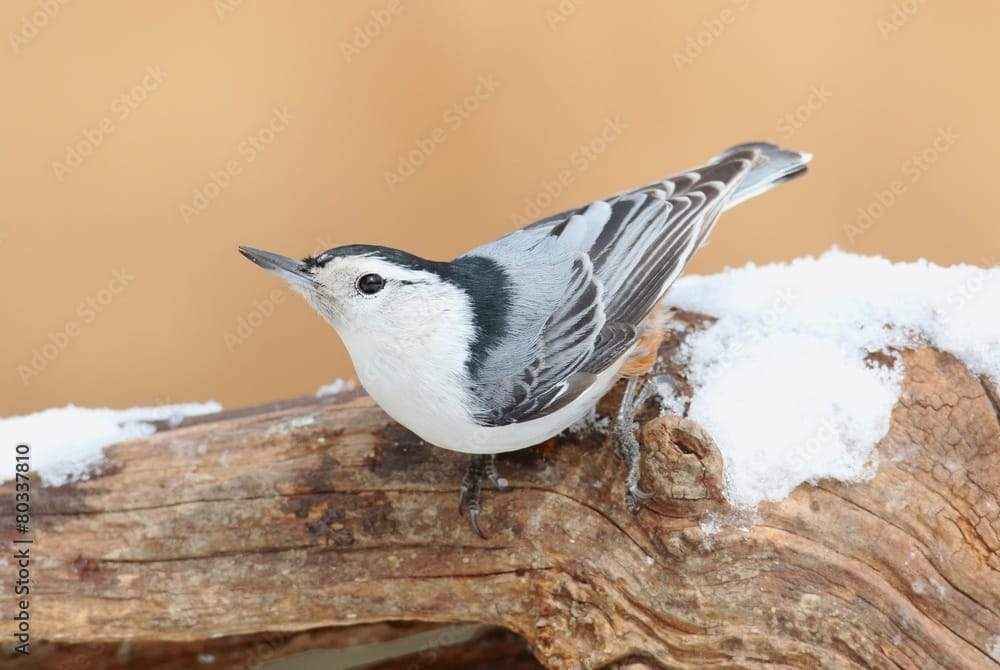
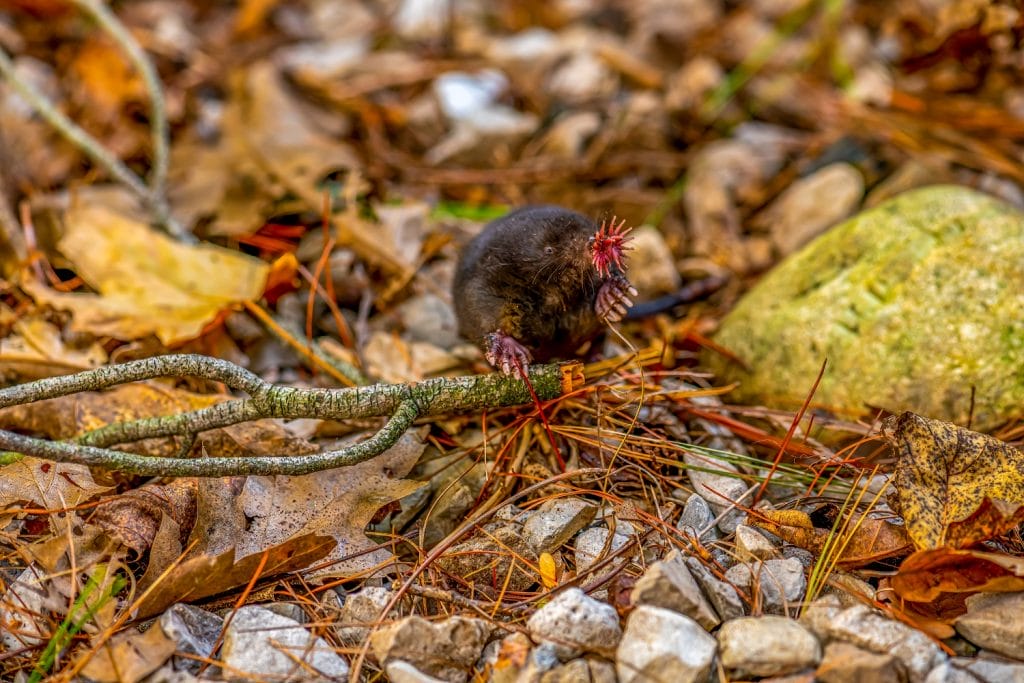


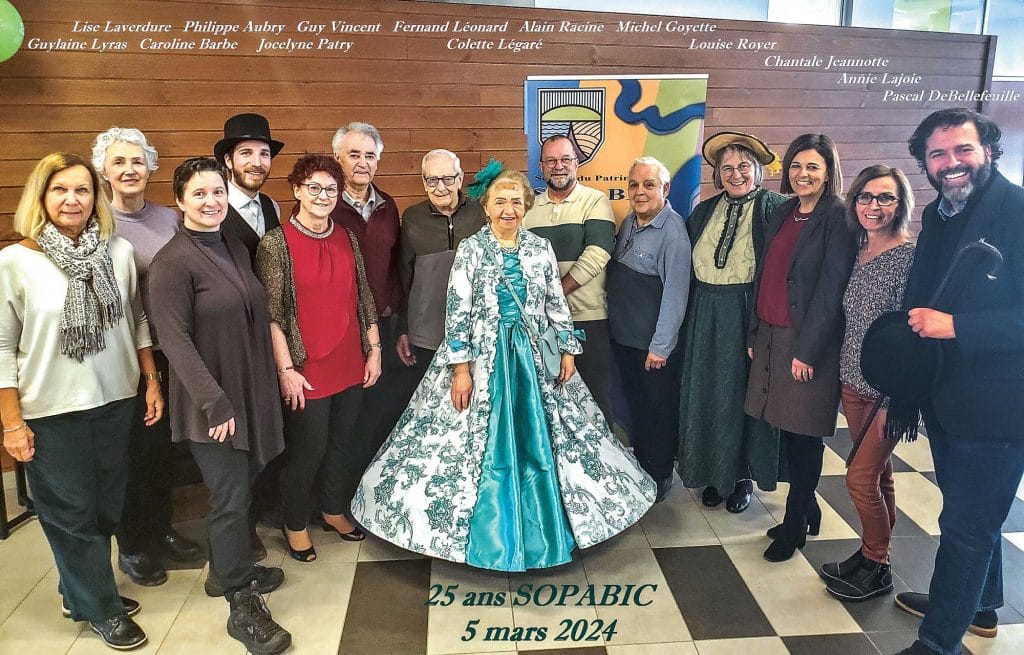


0 Comments